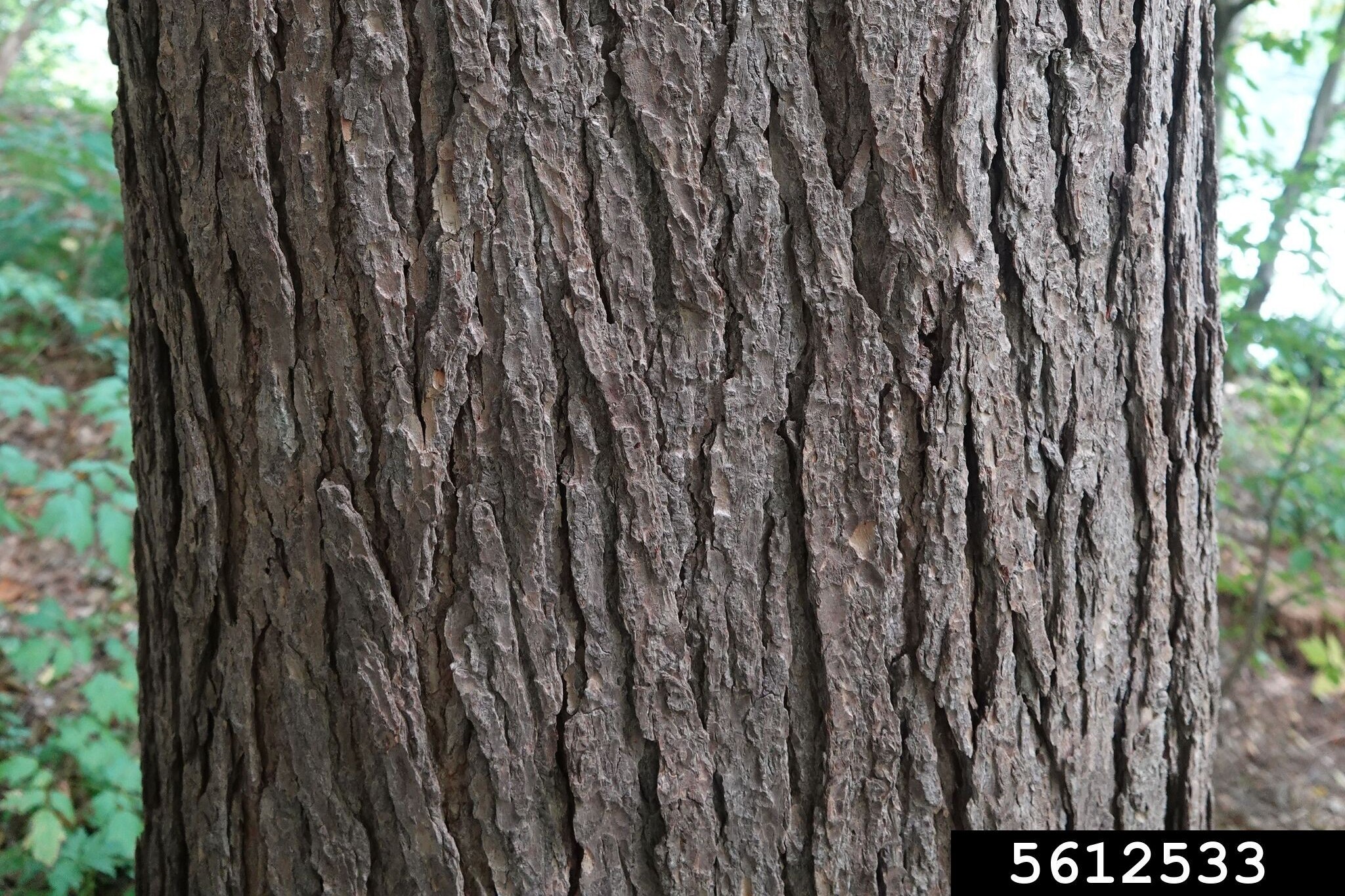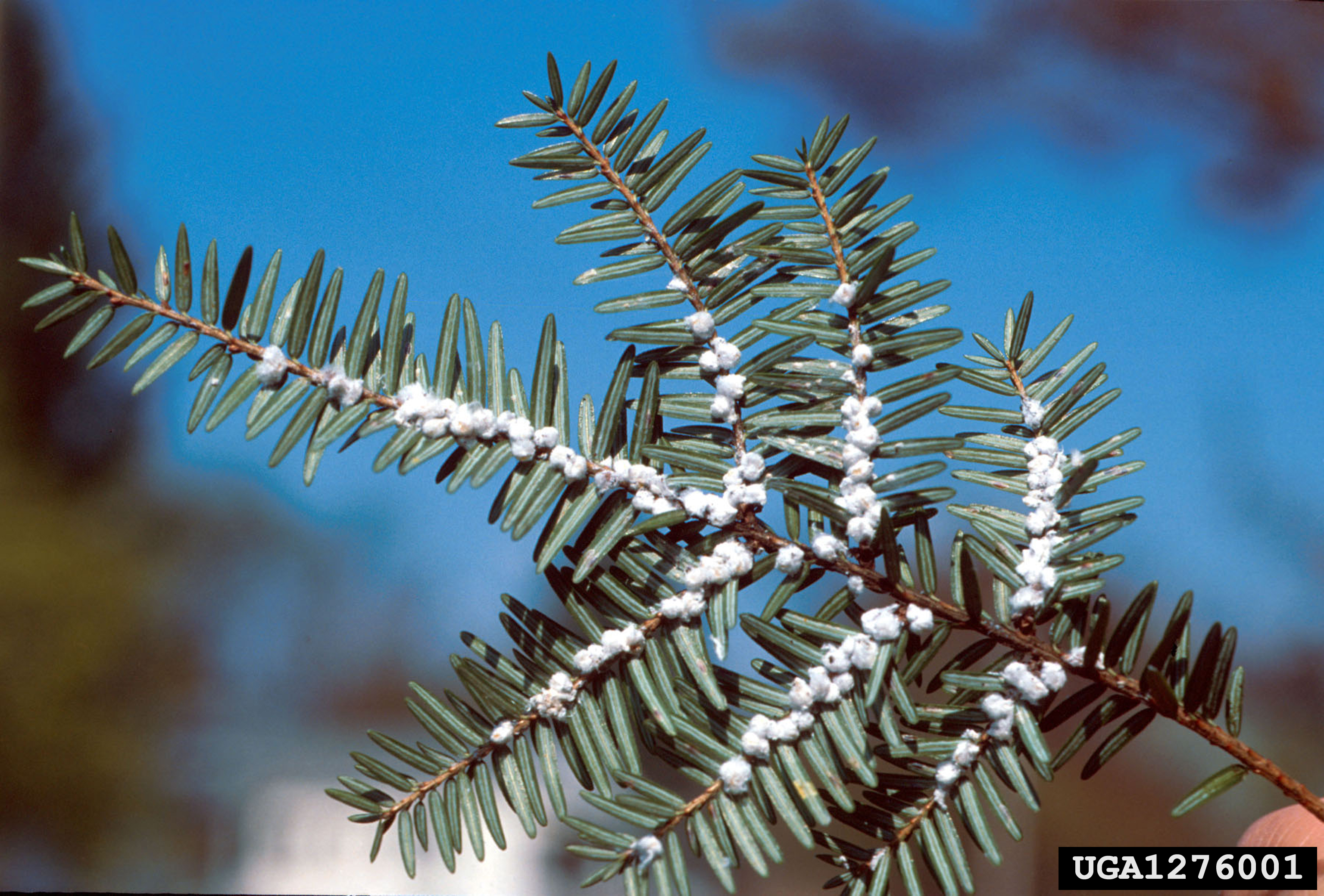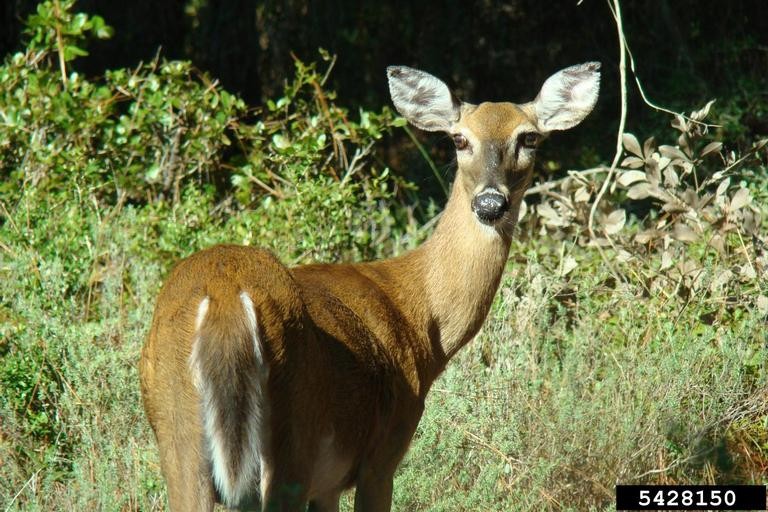Tree Highlight: Eastern hemlock
Eastern hemlock
Tsuga canadensis (Family Pinaceae)
The Eastern hemlock tree is evergreen, meaning it has leaves in the winter!
The basics
Eastern hemlock (Tsuga canadensis) is an evergreen conifer found throughout the Eastern US on rocky ridges, ravines, and moist hillsides usually above 2,000-foot elevation. Extremely slow growing, eastern hemlock reaches heights of over 100 feet, and it is one of the most shade tolerant trees in North America. Its leaves are small, flat needles and their egg-shaped seed cones measure up to 1 inch.
This beautiful and ecologically important tree often grows in dense patches, and because of its extreme shade tolerance, the understory vegetation in hemlock forests is sparse. It is also widely cultivated in urban areas and lends itself to landscapes and hedges. Eastern hemlock is threatened by an invasive insect, the hemlock woolly adelgid (HWA), a small, aphid-like, insect that attaches at the base of the needles and feeds on tree sap, causing needles to drop and trees to eventually die. Click here to learn more about HWA!
Did you know?
- Eastern hemlock is the longest living tree in the eastern U.S., able to live over 500 years with some discovered to be 800 years old!
- Eastern hemlock is the state tree of Pennsylvania.
The hemlock wooly adelgid is a tiny insect that infest hemlock foliage, and appears as white woolly spots on the underside of needles
White-tailed deer rely on the Eastern hemlock for shelter
Wildlife
- Many bird species are dependent on eastern hemlock for food and nesting. Crossbills, American Goldfinch, warblers, blue jays, doves, and many others feed on hemlock seeds and nest in hemlocks.
- Many species of animals rely on Eastern hemlock for food and shelter, including white-tailed deer, porcupines, snowshoe hares, squirrels, and chipmunks.
- Elongate hemlock scale is another non-native invasive species that can harm our hemlocks.
- Eastern hemlock is often the only conifer growing in areas where it occurs, making it particularly valuable for wildlife.
Uses
- The bark of the eastern hemlock is rich in tannins, which were used in the past to treat hides and make leather.
- Iroquois Indians used eastern hemlock needles to make a vitamin C-rich tea.
- The larvae of the hemlock looper, a moth of the inchworm family, eat the needles.

Bark of the Eastern hemlock tree
Benefits
- Over a 20-year period, a healthy Eastern hemlock with a diameter of 20 inches will offset 2,209 car miles worth of CO2, absorb enough stormwater to fill 730 bathtubs, and remove an amount of pollution from the air – in gaseous and particulate form – equivalent in weight to 104 smartphones! Learn more at: https://mytree.itreetools.org/
Eastern hemlock Tree of the Week video
By University of Kentucky Forestry and Natural Resources Extension.
Click to watchContact us: ufi@uky.edu
Images sourced from forestyimages.org




